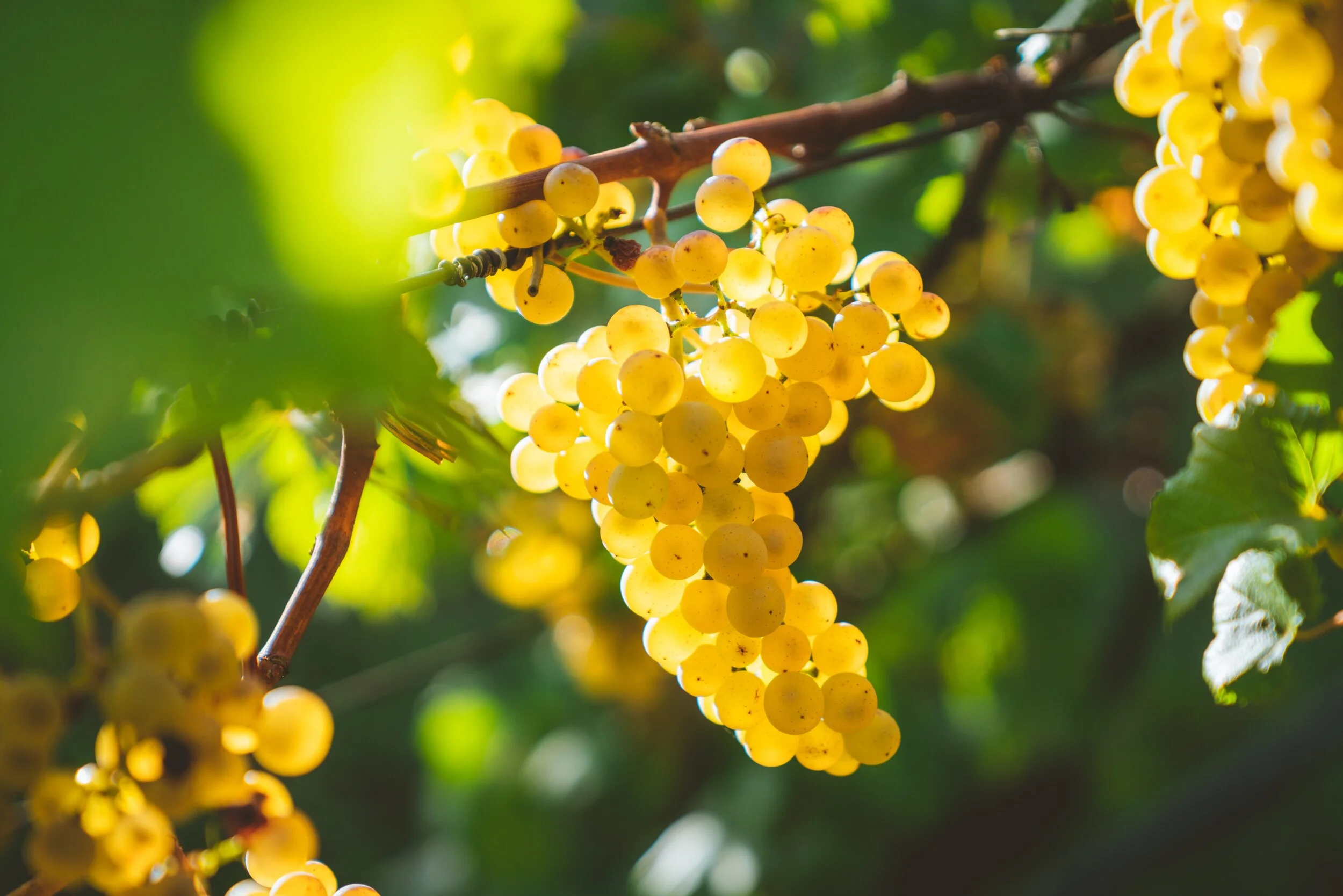Wine Word of the Week: Grape Clone
If you're anything like me, the word "clone" immediately conjures a host of 1970's B-movies featuring body-copying aliens seeking to wreak havoc on the human race. When it comes to grapes, however, that source of many 70's childhood nightmares couldn't be further from the truth. In fact, a GRAPE clone is actually a very good thing!
While most plants reproduce sexually (just picture it, candlelight, a good bottle of wine and Diana Krall's cover of "Peel me a Grape" playing in the background) resulting in a combination of genetic material from both parents, clones are created through asexual propagation, where an actual cutting or graft is taken from only one "mother" vine.
But why not let love run its natural course?
Cloning is done in order to replicate a beneficial trait or desired quality of a particular vine. These traits could include a vine's natural disease resistance, fruit maturation rate, desired berry and/or cluster size, or even a particular flavor or aroma depending on the style of wine a winemaker is aiming for. Theoretically, once this genetically identical cutting is planted, it will result in a vineyard brimming with fruit featuring the desired characteristics of the mother vine, right?
Unfortunately, it's not quite that simple (frownie face).
Slight variations commonly occur among the millions of cells that make up a grapevine. And even though a cutting should be genetically identical to its parent plant, random mutations sometimes occur in the new vine causing it to exhibit different, unexpected characteristics. These differences can be good or bad and if the difference happens to be good, the vine may be further propagated to perpetuate the desired quality. This new, distinctive clone is then assigned an identifier (which can be a number or a name) to distinguish it from other clones of the same grape variety.
Although talk of grape clones has heretofore occurred mostly among members of the wine trade, viticulture professionals and extreme wine geeks, today it is becoming more mainstream among passionate wine enthusiasts. Know that, generally speaking, the older the grape, the more clones it will probably have, so Old World grapes like Chardonnay and Pinot Noir have quite a few. Some of the more popular "designer clones" you may encounter include Pinot Noir's Pommard, 115 and 777; Cabernet's 6 and 12, and Chardonnay's Old Wente, 4 and 5. For a deep dive on your favorite grape, simply Google the grape name followed by "grape clones" - Chardonnay alone returns 350,000 results!
I hope you enjoyed the latest Wine Word of the Week and if you have any “wine words” you’d like to learn more about, please feel free to share them in the Comments section below.
To see previous WWOTW posts, please click here and, as always, thanks for reading!



